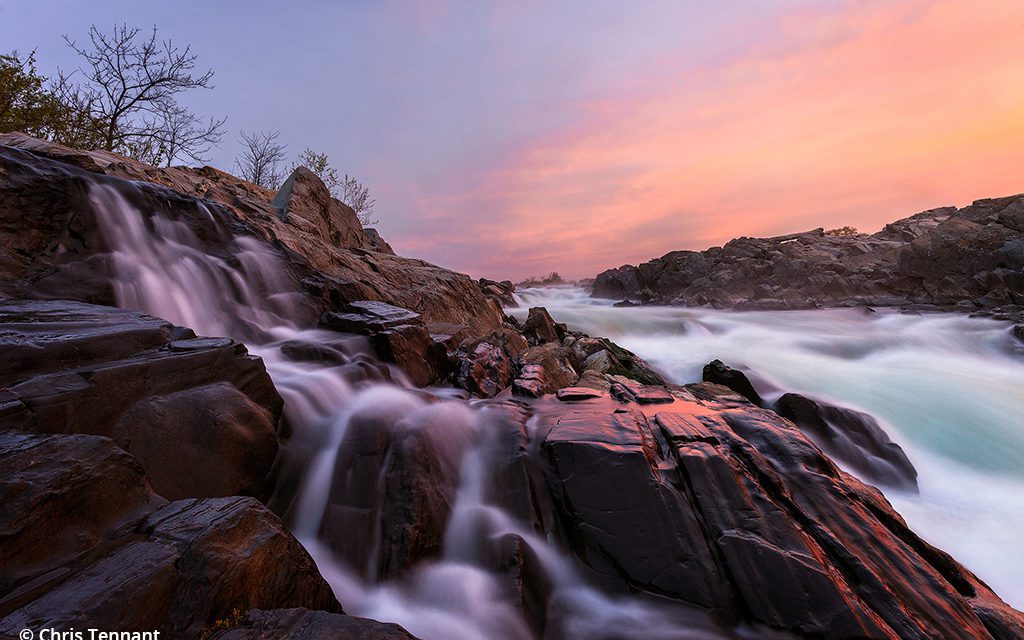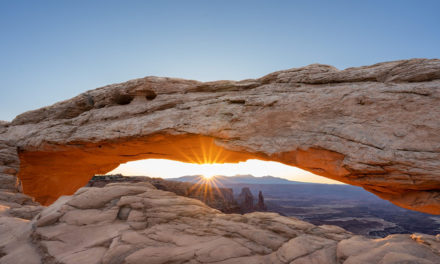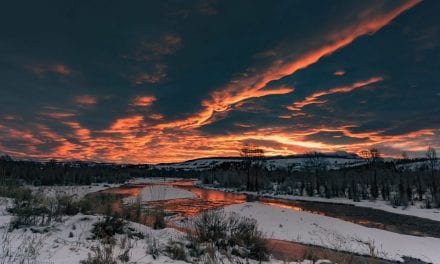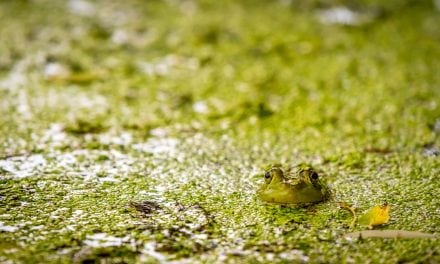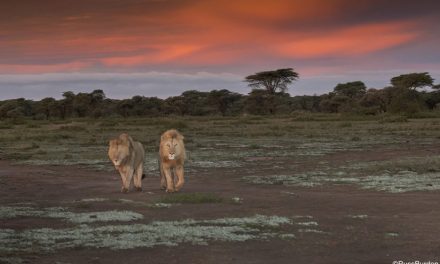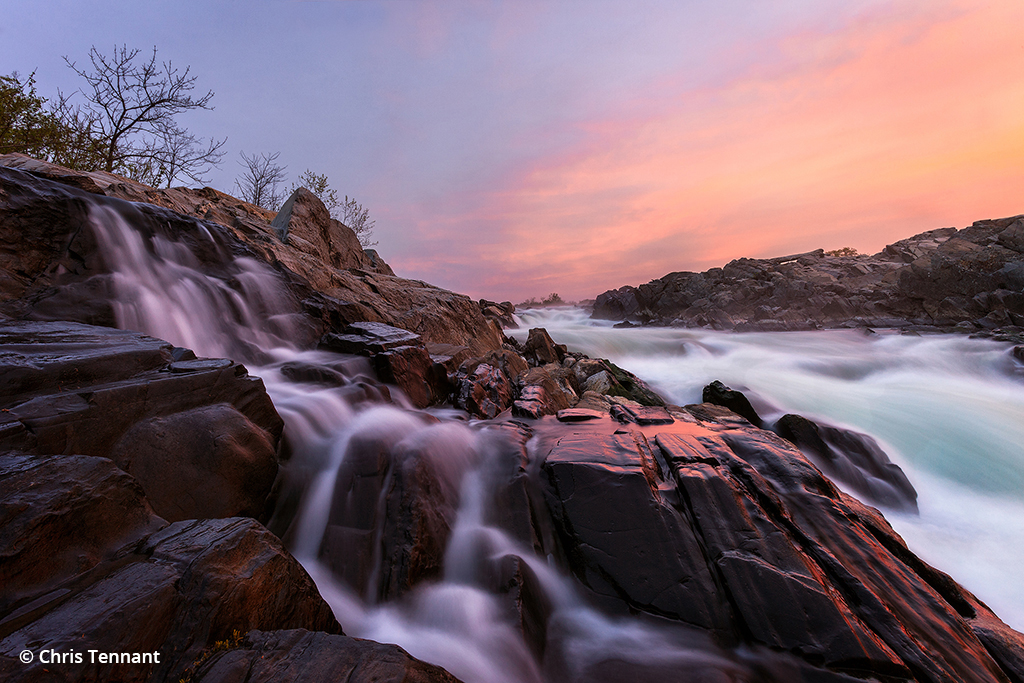
Many people are surprised to learn that in the midst of all the hustle and bustle of northern Virginia, just 17 miles from Washington, D.C., a National Park Service site sits nestled along the Potomac River. Great Falls Park is an 800-acre natural oasis that offers views of the mighty Potomac River as it crashes over jagged rock formations. The park’s three designated overlooks—two of which are handicap accessible—are all within a short walk of the visitor center. There’s even a good chance you’ll witness kayakers braving the river’s rapids. While the highlight of the park is the Potomac River, the park also maintains 15 miles of nature trails that both follow the river and meander through scenic forest.
Weather At Great Falls Park
Nothing about the geography or terrain makes the weather particularly unusual. Because the park is open seven days a week (from 7 a.m. until 30 minutes after sunset), Great Falls lends itself to shooting year-round. While photographing scenes in the forest will reflect the seasons, the waterfalls along this section of the Potomac are largely devoid of vegetation and don’t change from season to season, although once in a while, the winter months bring a surprise snowstorm that creates a stunning dressing for the falls. Unlike waterfalls fed by small creeks and rivers that can be reduced to a trickle during dry spells or summer months, Great Falls always maintains a healthy amount of flowing water. In fact, from a photographer’s perspective, it’s more likely that there will be too much water (following sustained rain) rather than not enough.
Photo Experience
Whereas oftentimes an overhead canopy obscures the sky above waterfalls located in forests, shooting the falls of the Potomac River with its expansive, unobstructed sky can be a challenge. This is particularly true if the goal is to use a longer shutter speed to create a silky smooth effect in the water, which creates a pleasing contrast with the jaggedness of the rocks that jut out from the river. One way to deal with the general brightness of the scene is to use a neutral density filter in addition to a circular polarizer. And while it presents an exposure challenge, the open sky also offers unique opportunities to capture brilliant displays of light at the edges of the day.
This image was taken in the early-morning hours. The warm light in the eastern part of the sky was being picked up by the smaller, secondary waterfall and rocks as it fed into the Potomac River. Using a wide-angle lens and positioning the camera low allowed me to fill the frame with the water and rocks picking up the warm pre-dawn light. A longer shutter speed ensured the smooth, flowing effect of the water.
Best Times To Visit
By other national park standards, Great Falls is small. However, with the centrally located visitor center, this means that photographic points of interest are never more than a few minutes’ walk away. Overlooks can become congested with park visitors during peak visiting hours. Fortunately, the best times to photograph the falls are in the early morning and at dusk when the crowds have thinned. While the overlooks offer the best viewing options, don’t neglect to explore the nature trails that follow the river upstream of the falls. There are plenty of opportunities for photography off the beaten path.
Contact: National Park Service, nps.gov/grfa/planyourvisit/index.htm
See more of Chris Tennant’s work at christennantphotography.com.
The post Great Falls Park appeared first on Outdoor Photographer.

